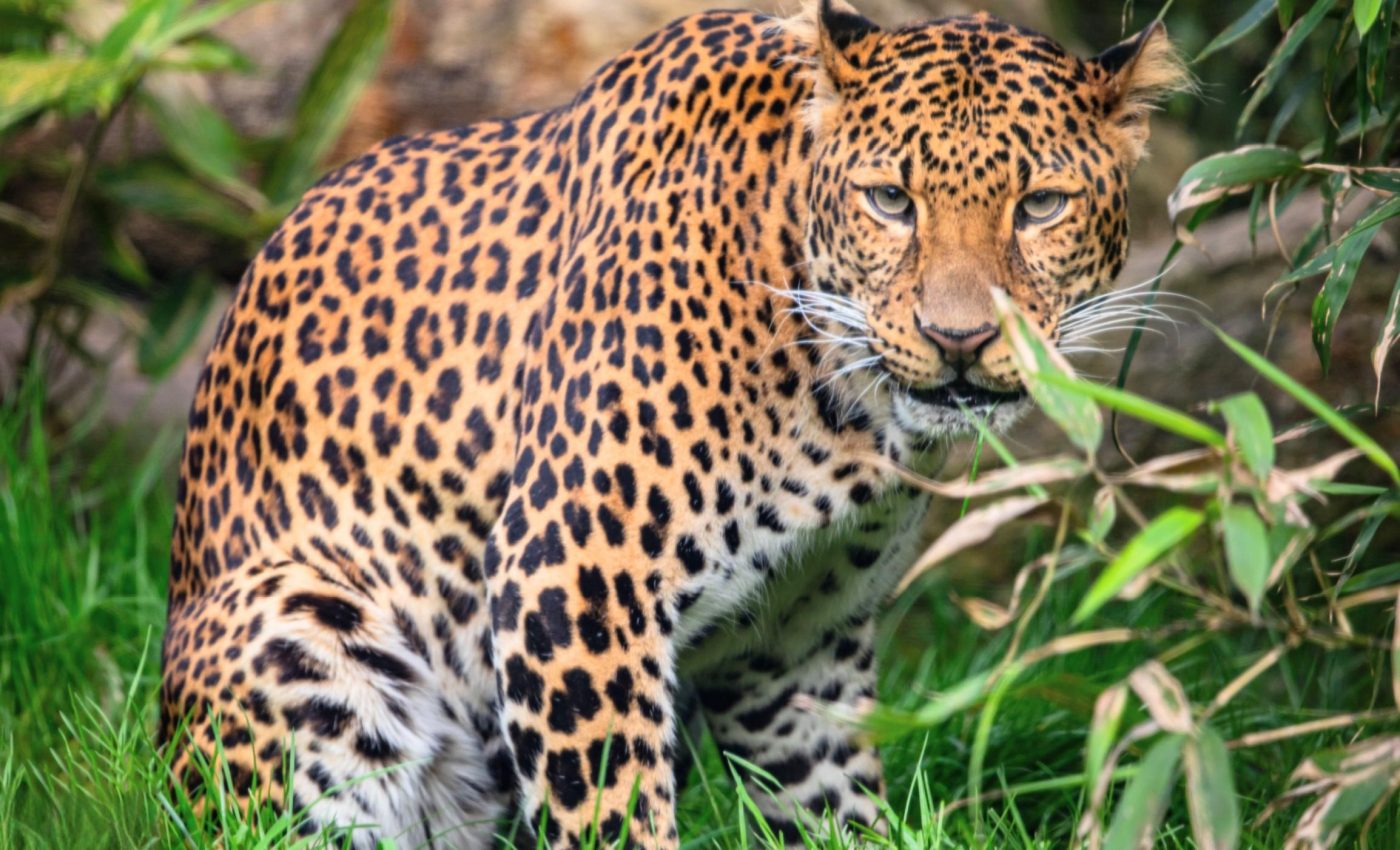
Imperfections in animal patterns are inspiring future materials
Walk through any forest and you’ll see nature’s artwork everywhere. A tiger’s stripes look deliberate, and a leopard’s spots seem carefully arranged. Yet none of them are perfect. Each pattern carries a small flaw that makes it unique.
Scientists at the University of Colorado Boulder wanted to know why. Their recent study reveals how living cells create such irregular beauty.
The findings could even help humans design materials that respond to the environment – like fabric that changes color on command.
The team didn’t just want to copy nature’s perfection; they wanted to understand its mistakes. Those small inconsistencies, they found, hold the key to complexity.
Each irregular line or spot tells a story of motion, reaction, and adaptation – proof that imperfection builds life’s most striking designs.
How animal patterns form
Turing’s theory became the foundation of pattern biology, inspiring decades of research. Yet even as computers advanced, scientists noticed a persistent gap between theory and reality.
Real animal patterns had sharper edges, richer contrasts, and subtle irregularities that mathematical models couldn’t reproduce. The transitions between colors in nature seemed too precise, as if cells communicated more efficiently than the equations allowed.
Researchers began to suspect that more than just chemical diffusion was shaping these designs. Something else – perhaps physical forces or particle interactions – might be guiding how cells organize and define each animal’s unique look.
That unanswered question fueled new generations of experiments. Scientists started combining biology with physics, chemistry, and computer modeling to uncover missing details.
Modeling imperfect animal patterns
Ankur Gupta, a researcher in CU Boulder’s Department of Chemical and Biological Engineering, thought something else might be at play.
In 2023, his team added a new process to Turing’s idea. It’s called diffusiophoresis. Here, diffusing particles pull others along, much like soap pulling dirt from clothes during washing.
Gupta tested the idea using the ornate boxfish, a bright species with purple-and-black hexagons. The new model produced sharper patterns than ever before. The problem? Every hexagon looked the same. Real animals never have that kind of symmetry.
“Imperfections are everywhere in nature,” said Gupta. “We proposed a simple idea that can explain how cells assemble to create these variations.”
Adding realism to nature
The next step was to add realism. Gupta’s team gave cells their own sizes and allowed them to move around. That single change made the difference.
Suddenly, the computer patterns looked alive. Some spots were bigger, some smaller, and some even broken.
“Imagine ping-pong balls of different sizes traveling through a tube. Larger balls would create thicker outlines than smaller ones,” said Gupta.
The analogy worked. Larger cells made broader marks. Smaller ones slipped through gaps. When the “balls” collided, they jammed the tube, breaking lines apart. The patterns began to look just like those found on zebras, leopards, and fish.
“We are able to capture these imperfections and textures simply by giving these cells a size,” Gupta said.
Turning pattern flaws into function
Gupta doesn’t stop at biology. His work connects to materials science too. If we understand how cells build natural designs, we can create things that mimic them.
Future fabrics could shift colors like a chameleon. Medical researchers might guide drug molecules to specific tissues using similar principles.
Humans have always borrowed ideas from nature. Bats inspired sonar. Lotus leaves led to self-cleaning surfaces. Now, animal skin patterns might inspire adaptive materials.
“We are drawing inspiration from the imperfect beauty of natural system and hope to harness these imperfections for new kinds of functionality in the future,” Gupta said.
Why imperfection wins
Perfection feels artificial. Nature’s strength lies in variation. A zebra’s uneven stripes help it blend into tall grass. A butterfly’s asymmetry confuses predators. Those flaws make survival easier.
Gupta’s research shows that disorder can be creative. Imperfections don’t break the system – they make it work better.
By understanding how nature builds its art, humans might learn to create technologies that are just as alive, adaptable, and beautifully imperfect.
The idea challenges how engineers approach design. Instead of forcing precision, they could let variation guide innovation. Materials that shift shape, change color, or adjust texture could learn from the same rules that shape a tiger’s coat.
These discoveries remind us that balance often hides within chaos, and that what looks random might actually be nature’s smartest design.
The study is published in the journal Matter.
—–
Like what you read? Subscribe to our newsletter for engaging articles, exclusive content, and the latest updates.
Check us out on EarthSnap, a free app brought to you by Eric Ralls and Earth.com.
—–













